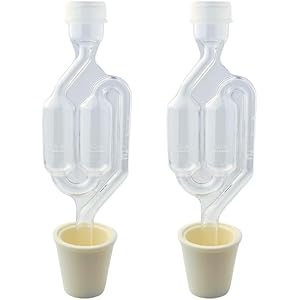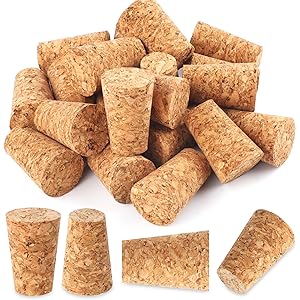Understanding Flocculation
Flocculation is a process that involves the agglomeration of fine particles into a floc or cluster, which can then be easily removed from a liquid. This process is commonly used in various industries, including water treatment, food production, and pharmaceuticals. The primary goal of flocculation is to enhance the separation of suspended solids from liquids, thereby improving the clarity and quality of the final product.
Defining the Opposite of Flocculation
The opposite of flocculation is known as deflocculation. This term refers to the process where flocs or clusters of particles disperse back into individual particles, leading to a suspension of fine particles in a liquid. Deflocculation can occur due to various factors, including changes in pH, the addition of dispersants, or mechanical agitation. Understanding this process is crucial for industries that require precise control over particle behavior in liquids.
Mechanisms of Deflocculation
Deflocculation can occur through several mechanisms, including electrostatic repulsion, steric hindrance, and the introduction of surfactants. Electrostatic repulsion arises when particles carry similar charges, causing them to repel each other and remain dispersed. Steric hindrance occurs when large molecules, such as polymers, coat the particles, preventing them from coming together. Surfactants can also be added to reduce surface tension, promoting deflocculation and maintaining a stable suspension.
Applications of Deflocculation
Deflocculation is essential in various applications, particularly in the ceramics and paint industries. In ceramics, maintaining a deflocculated state allows for better control over the viscosity of slurries, leading to improved shaping and firing processes. In paint formulations, deflocculation ensures that pigments remain evenly dispersed, resulting in a uniform color and finish. Understanding the balance between flocculation and deflocculation is vital for achieving desired product characteristics.
Factors Influencing Deflocculation
Several factors can influence the deflocculation process, including temperature, ionic strength, and the presence of additives. Higher temperatures can increase the kinetic energy of particles, promoting dispersion. Ionic strength, which refers to the concentration of ions in a solution, can affect the electrostatic interactions between particles. Additionally, the choice of additives, such as dispersants or stabilizers, plays a critical role in achieving the desired level of deflocculation.
Get more content like this!
Sign up to receive updates and new terms first hand.
Comparing Flocculation and Deflocculation
While flocculation and deflocculation are opposite processes, they are often interrelated in practical applications. For instance, in water treatment, flocculation is used to remove impurities, while deflocculation may be necessary to maintain a stable suspension of certain chemicals. Understanding the balance between these two processes is crucial for optimizing various industrial operations, ensuring product quality, and enhancing efficiency.
Challenges in Controlling Deflocculation
Controlling deflocculation can present challenges, particularly in systems with complex interactions between particles and additives. Achieving the right balance between flocculation and deflocculation requires careful consideration of formulation parameters, including pH, concentration, and the nature of the particles involved. Inadequate control can lead to issues such as sedimentation or instability, impacting the overall performance of the product.
Importance of Monitoring Deflocculation
Monitoring deflocculation is essential for industries that rely on precise particle behavior in liquids. Techniques such as dynamic light scattering and rheological measurements can provide valuable insights into the dispersion state of particles. By regularly assessing deflocculation, manufacturers can make informed adjustments to formulations, ensuring consistent product quality and performance.
Future Trends in Flocculation and Deflocculation
As industries continue to evolve, the understanding and control of flocculation and deflocculation processes will become increasingly important. Innovations in materials science and chemical engineering are expected to lead to the development of more effective dispersants and stabilizers. Additionally, advancements in monitoring technologies will enable better real-time control over these processes, enhancing product quality and operational efficiency.




